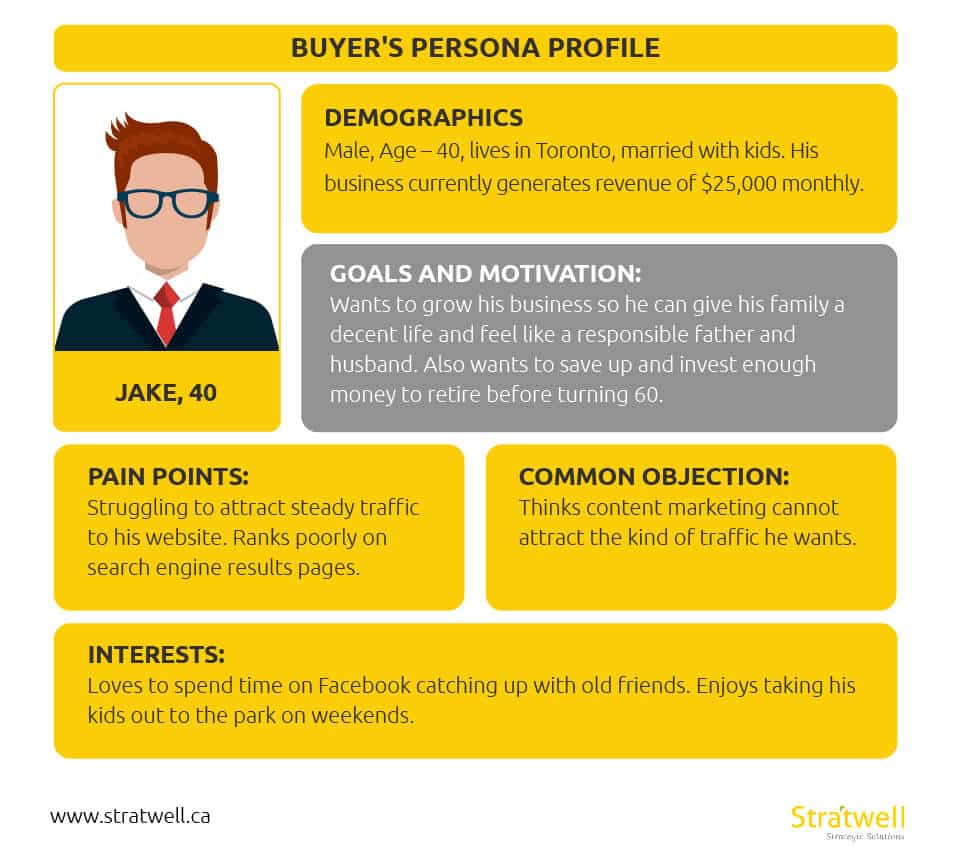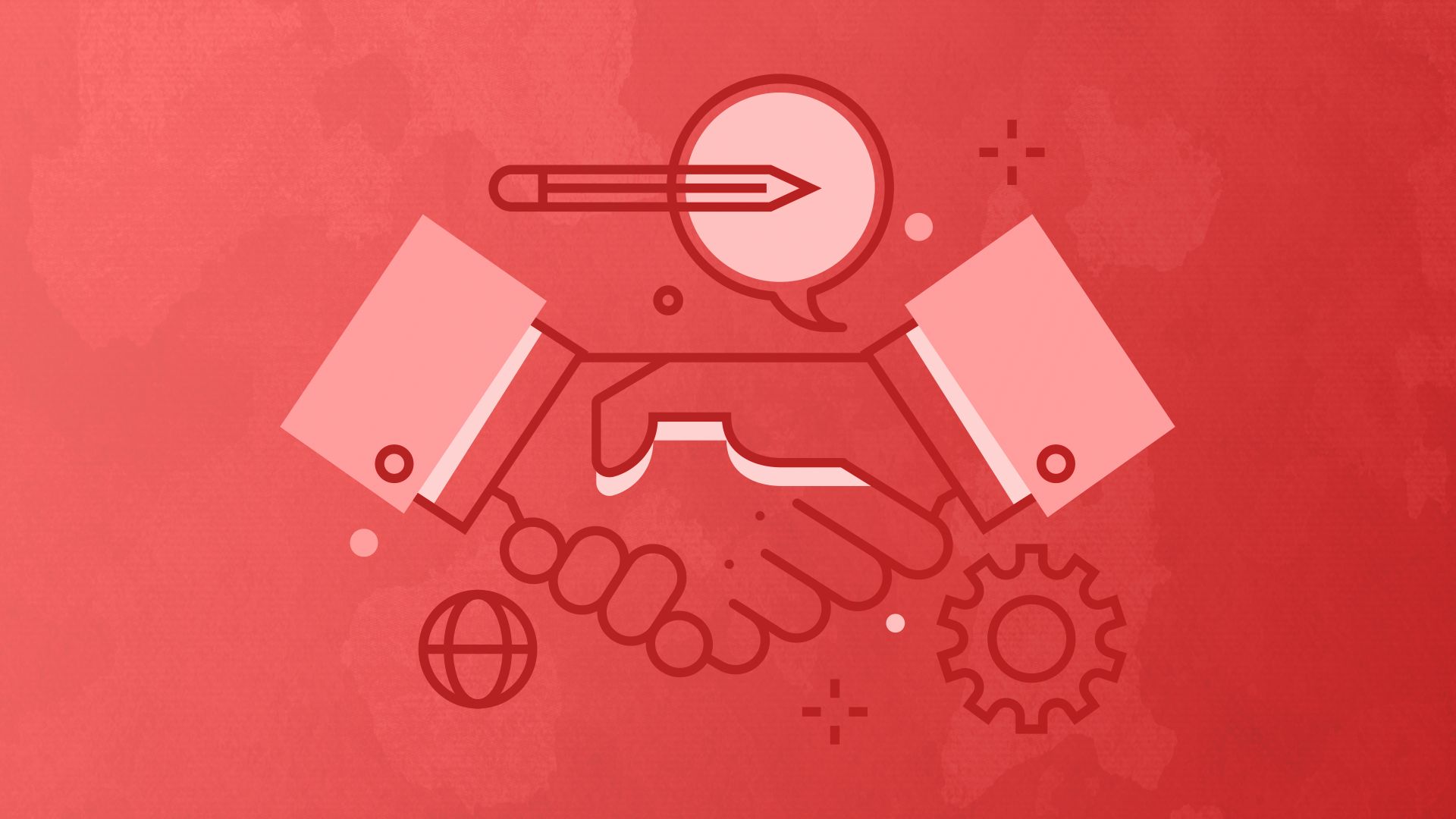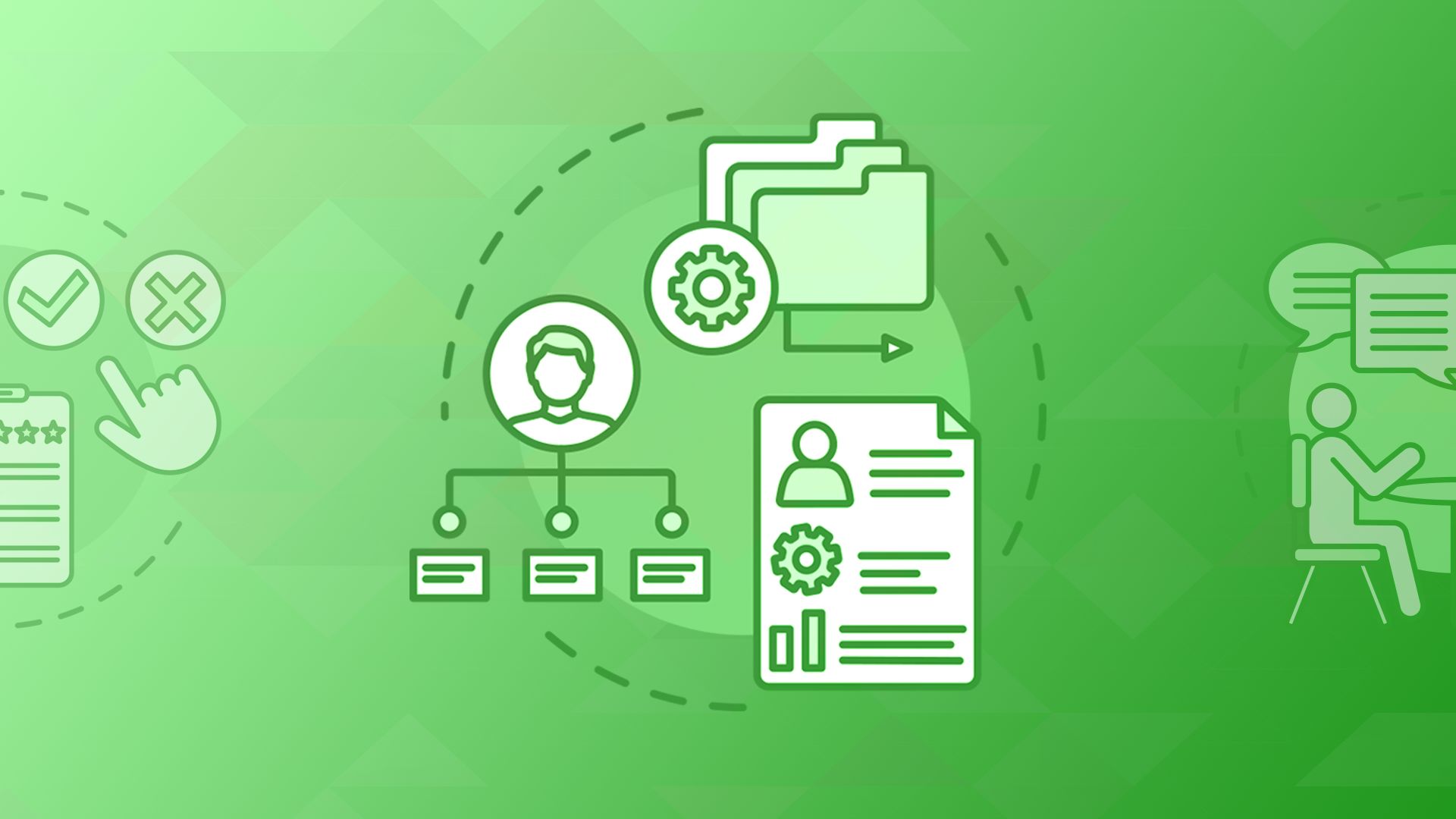Buyer Persona, Part II – How to Gather and Organize your Data
Have you ever built a customer profile? Applying the buyer persona method to reach your target audience sets off with valuable research.
In our previous article, we discussed the basics of a buyer persona: broad definition, practical applications, as well as the type of information comprised in a typical customer profile. And there’s one thing we’ve stressed over and over. That is, building a buyer persona is a data-driven process, meaning that consistent, reliable, and actionable buyer profiles require vast amounts of research.
So how do you gather up that data? Better yet, are there some great research methods you could apply to make the data gathering process smarter, smoother, and cost-effective?
Well, we’ve got some good news and some bad news. But let’s start with the fundamentals.
Traditional vs. Data-Driven Personas
In essence, business solutions that successfully answer existing market needs stem from a solid data pool.
To begin with, traditional personas have been using quantitative and qualitative data gathered via surveys (Q&As), phone or face-to-face interviews, focus groups, natural observation, and other similar methods. This manually collected information yields a conventional “flat media” persona – a fictional profile in likes of the one created by Stratwell.

Delve sums up a few issues with traditional buyer personas: 1) they’re not actionable, 2) they’re subjected to customer bias, and 3) they can incorporate aspirational data. Moreover, they’re more like fixed data structures rather than up-to-date, interactive decision-making tools.
But make way for data-driven buyer personas. Compared to their traditional counterparts, the information going into these customer profiles is produced by algorithms. Hence, you can automatically generate them, meaning that buyer persona research conducted this way is significantly faster.
Data is Power
Undoubtedly, the introduction of data-driven personas is part of a general shift towards automated analysis – the type that can rapidly gather, evaluate and draw conclusions from colossal quantities of information.
“The amount of data we produce every day is truly mind-boggling. There are 2.5 quintillion bytes of data created each day at our current pace, but that pace is only accelerating with the growth of the Internet of Things (IoT).” Forbes, 2018
This Sciendo research article highlights the same trend: “with the increasing popularity of digital user data and data science algorithms, there are new opportunities to progressively shift personas from general representations of user segments to precise interactive tools for decision-making.”
Nevertheless, we believe it’s in the combination of the two broad research styles, manual and algorithmic, that you will find the most powerful tool for identifying your audience. Let’s take a look at the methods.
Understanding Buyer Persona Research Methods
For the sake of convenience, we’ll draw a rough but helpful division between:
1) Traditional (or Manual) Buyer Persona Methods
So-called manual research methods are time-consuming, but they can yield some incredible insights unobtainable otherwise. Your business can benefit from a deeply empathetic approach that successfully addresses customer pain points based on manually assessed research data. The long-term benefits are obvious: you avoid frustrating turn-offs, increase your audience, and close more sales.
Without further ado, let’s go through a few of our favorite methods.

○ Interviews are powerful tools. You can try to conduct them online or over the phone. But keep in mind that face-to-face data collection allows us to perceive finer nuances to customer psychology. So, if you have the opportunity to interact directly with potential customers, do not miss out! Clariant Creative’s question list is a good illustration of how to write your buyer persona interviews.
○ If you have the necessary means, you can organize a market research focus group, which is a guided discussion involving a small number of demographically similar people. It aims to obtain consumer views on a particular topic, service, or product. Although they are harder to assemble, the collected information is intricate and psychologically rich. In other words, you can gather some incredible qualitative data.
○ Compared to focus groups, customer questionnaires are easier to conduct and still quite efficient. They range in terms of theme, focus, and level of detail. Additionally, you can perform them both online (e.g. site exit or post-purchase surveys) and offline (paper questionnaires).
2) Algorithmic (or Automatized) Buyer Persona Methods
Nowadays, buyer persona research wouldn’t be complete without aid from digital tools. With the latter, data granularity comes into play. In short, granular data is detailed and actionable information that can immediately lead to better decision-making and flexible business strategies.
Actually, manually gathered data can be granular, but it may not stand the test of time. Given that customer habits can frequently change, the surveys and interviews you conducted one or two years ago may lose part of their relevance. In this sense, data mining algorithms win this one since online analytics tools can instantly access up-to-date information.

○ You can also centralize and analyze your Website Activity. Traffic data can be harvested with Google Analytics, or through all-in-one marketing tools like SEMrush (which offers instantaneous audience insights, such as users’ categories of interest and brand preference).
Persona Research Framework
1. Define objectives: set the core objectives of your customer persona research, as well as the exact data you have to gather in order to meet these objectives.
2. Outline potential audience segments: you have to define the type of methods you’ll be using for each of these segments. To build balanced buyer personas, we recommend you mix manually-gathered and algorithmic insights.
3. Conduct the research: set up a realistic schedule for your research strategy. Don’t hurry things up. Instead, try to get a lot of detailed, pertinent, and nuanced information. We recommend you constantly experiment with different methods and measure their results against one another to check for possible contradictions.
4. Articulate the personas: define personas for each audience segment you’ve managed to define. You could end up with 2, 3, or even 5 different customer profiles. The key is to keep gathering information (preferably through efficient data collection methods) in order to keep these personas up to date.
5. Put that actionable data to use: using these profiles, you should be able to constantly improve your business strategy.
Takeaways
Time to wrap up. Arriving at data-driven solutions may not be easy, but it certainly is endlessly rewarding. Provided you’ve done your research right, insights from data-driven buyer personas can positively impact everything from sales, marketing, and content strategies to the quality of your customer service.
It’s safe to assume that building a data-driven buyer persona is less about the tool and more about the tool wielder. For the most part, industry tools allow businesses to easily gain access to intricate, granular data. However, without people capable of refining and turning that data into tangible insights, the entire process might seem like a waste of valuable resources.












